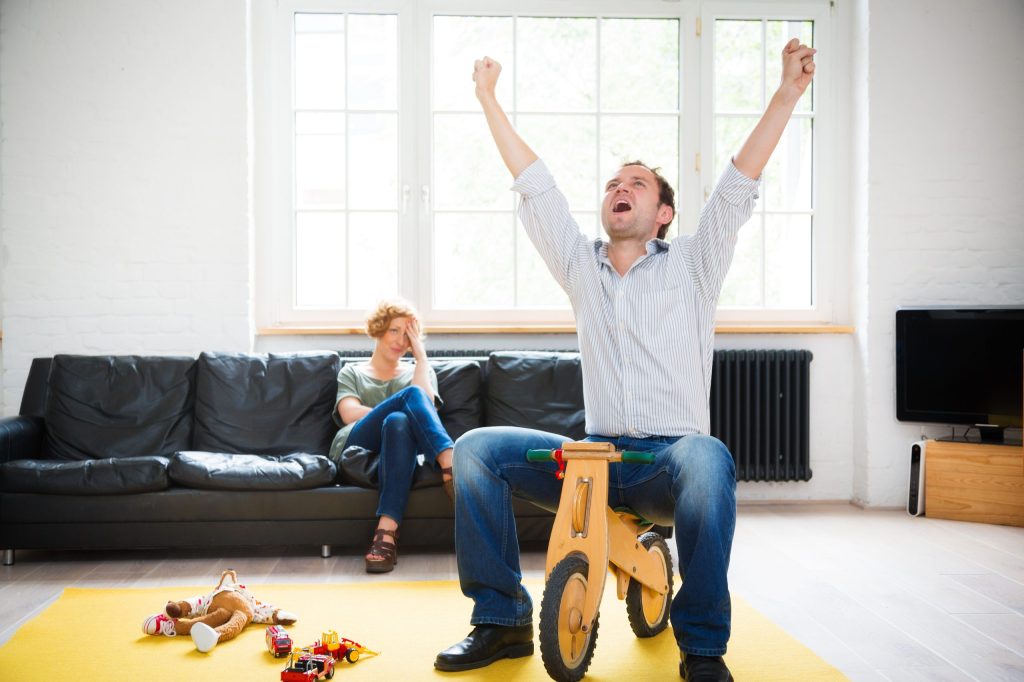

Filming Your Own Video?
We understand that sometimes you just need to DIY a video, and we are on board and here to help! Read through these tips curated by our team of videographers:
GENERAL TIPS:
- Videography Guide: Here are some settings that will help us be able to use your footage.
-
- Stabilize: Use a tripod or something to stabilize your camera. Don’t hold it with your hands. You can also make a DIY tripod with a paper tube.
- Aspect Ratio: If using a phone, film horizontal/landscape not vertical/portrait.
- Quality/Resolution: Adjust your settings to film at 1920 x 1080 or higher. If using a phone, the back camera usually records at higher resolution than the front-facing camera. Instructions: iPhone / Android
- Zoom: Don’t zoom on your phone (digital zoom reduces quality). Move the camera closer if you want a tighter shot.
- Frame Rate: If you going to film a video that gets replayed online, use 30fps. If you are filming a narrative, sometimes we use 24fps. Please contact us so we can suggest the right frame rate for the project.
- Composition: Try to stand/sit in front of a simple background. You want the focus to be on you, not on the things behind you.
- Framing: Film at eye level. You shouldn’t be looking up or down at the camera. Consider following the Rule of Thirds to make your video more interesting. Otherwise, try to be centered.
- Headroom: The top of your head should be about the width of 2 fingers from the top of the frame.
- Lighting – Outdoors: Direct sunlight may cause harsh shadows on your face. Try filming in shaded areas, but make sure your face is not dark in comparison to a bright background.
- Lighting – Indoors: Light needs to be abundant. Make sure the light source (a window, a lamp, etc) is in front of you, not behind you. Otherwise your face will be dark in comparison to the light in the background. Avoid standing directly under a light because it will make shadows on your face. Standing lamps are great indirect light sources, or consider buying or renting a ring light.
- Audio: Listen to the recording to make sure wind or background noise is not being picked up.
-
- Option 1: Use your built in microphone. You will need to be very close to your camera.
- Option 2: Use headphones (with a mic on the cord).
- Option 3: Record audio separately from your video on a lapel mic. This can be a simple mic that plugs into a headphone jack on your phone. There are many well-reviewed options on Amazon for $15-$20).
COMPONENTS OF A VIDEO:
- Main Camera: Primary shot of the person talking. (Could be a DSLR, phone, or laptop webcam)
- B-Roll: Extra shots of locations, people talking to each other, close-ups of details, etc. (Having extra clips during an interview video makes it much more interesting and keeps your audience engaged.)
- Lower Thirds: Text or information on top of the video (Ex. a person’s name, location, link to a website)
- Music
- Closing Slide/Logo
LEGAL ADVICE FOR VIDEOS:
- Do not use stock footage/photos/elements that do not belong to you.
- Do not use copyrighted music or audio of any kind.
- Cru Image Release Form: Fill out the form with the information for your video and send it to all non-staff participants (including staff kids)
- Outdoor public spaces are free game for recording, but if you’re on private property you may need a location release form or the owner’s permission (do research before filming at a certain location if you’re not familiar with it).




